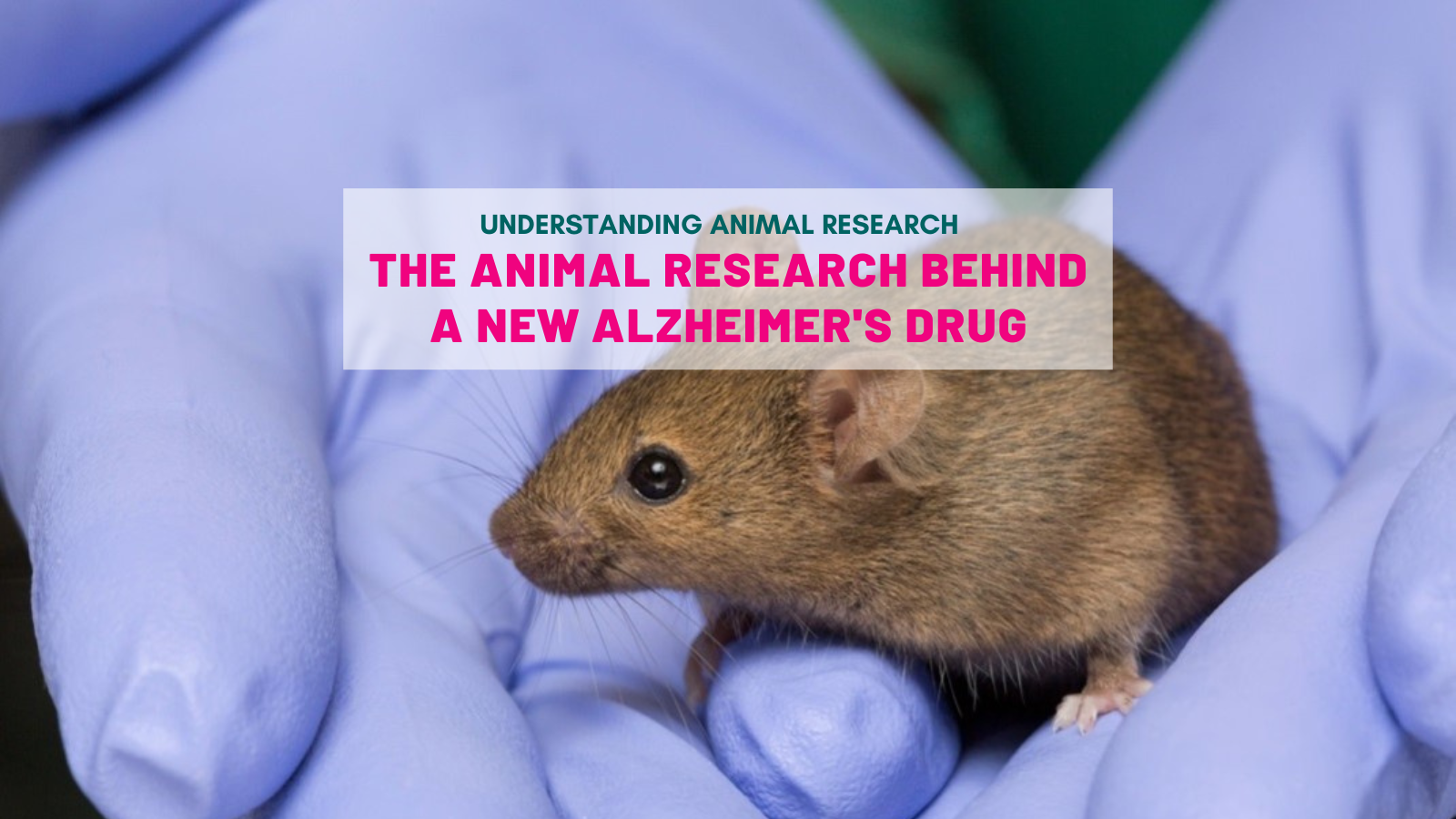Earlier this year the drug lecanemab made headlines after positive result in a clinical trial with people diagnosed with the early stages of Alzheimer’s disease.
Lecanemab reduces Alzheimer’s progression
Lecanemab is a monoclonal antibody consisting of the humanised version of a mouse antibody. It was developed to recognise, target and remove toxic beta-amyloid proteins that build up in the brains of people with Alzheimer's disease.
The latest results show that lecanemad lowers the levels of the toxic protein in the brain and reduces cognitive decline by 27% over the course of a 18-month phase 3 clinical trial, in patients with Alzheimer’s disease. A total of 1,795 volunteers in the early stages of the disease were injected with lecanemab every two weeks and regularly had their memory and mental agility tested.
The results were statistically positive and are the first convincing modification of Alzheimer's disease by a drug. Many clinical trials including animal work has led to these results.
Animal research behind lecanemab
First, genetic studies, biochemical data, and various animal models have suggested that amyloid β-proteins are responsible for the pathogenesis of Alzheimer’s disease. Beta amyloid molecules tend to aggregate, forming oligomers, protofibrils, mature fibrils and then plaques in the brains of patients.
However, most clinical trials designed to reduce the production of this molecule and plaque burden have been unsuccessful. As it turns out, not all beta amyloid forms are pathogenic. Recent studies using synthetic beta amyloid peptides, cell culture models, Arctic transgenic mice, and human samples of Alzheimer’s disease brain tissues have suggested that the pre-fibrillar forms of beta amyloid, particularly soluble beta amyloidprotofibrils, may be more toxic, compared with extracellular fibrillar forms.
Lecanemab was developed with that in mind. It specifically targets the beta amyloid protofibrils in their most toxic state.
The therapeutic antibody was originally designed at the biotech company BioArctic Neuroscience following the discovery of the “Arctic APP” mutation in some patients with Alzheimer’s. The mutation causes a form of Alzheimer's disease marked by particularly high levels of amyloid beta protofibrils and the relative absence of amyloid plaques.
Transgenic mice harboring the Arctic APP mutation among others showed similar phenotypes. They turned out to be good models of the condition in humans. The beta amyloid proteins were found to be more densely packed, SDS insoluble and fibril-shaped in these mice, unlike other known mice models, but similarly to what was found in patient brains, even at very early stages of the disease. This mouse model was crucial to the research that backed the new immunotherapeutic strategy.
The lecanemab monoclonal antibody is highly amyloid beta protofibril-selective. The amyloid beta protofibril are large toxic soluble aggregates. In vitro the antibody can inhibit fibril formation and protect cells from amyloid beta protofibril-induced toxicity. When the antibody was given to the plaque-bearing artic transgenic mice, beta amyloid protofibril levels were lowered while measures of insoluble beta amyloid were unaffected and when treatment began before the appearance of ‘senile’ plaques, amyloid deposition was prevented and amyloid beta protofibril levels diminished.
Further studies showed that lecanemab exhibits a strong binding preference for beta amyloid protofibrils over beta amyloid monomers which are relatively non-toxic precursors of the protofibrils. Lecanemab is capable of reaching the brain of mice and selectively binding and immunoprecipitating the brain soluble beta amyloid protofibril, reducing levels by 42% in the brain and 53% in the cerebrospinal fluid, while leaving the beta amyloid monomers.
Subsequent studies in mouse neuron-glial co-cultures showed that lecanemab protects neurons by counteracting the pathological accumulation of these protofibrils in astrocytes in the brain thereby rescuing neurons from cell death.
The next steps for lecanemab
With the positive results of this phase 3 clinical trial, the pharmaceutical companies are now applying for regulatory approval for the drug to be given in the US, Europe and Japan.
However, research is still ongoing to improve the therapeutic strategy. Now that the monoclonal antibiody has proven to be successful, researchers are hoping to increase efficacy by using bi-specific antibodies. Hexavalent antibodies based on lecanemab are also being developed, with the goal of enhancing binding strength selectively to beta amyloid protofibrils.
Research is also hoping to reduce the incidence of adverse events which was 21.3% for those who received lecanemab and 9.3% for those who received a placebo.
Last edited: 19 December 2022 09:23




